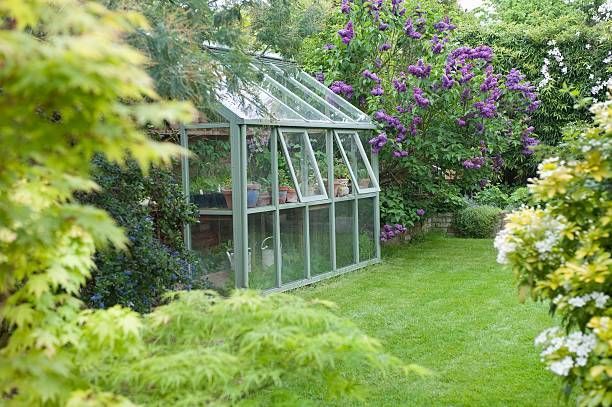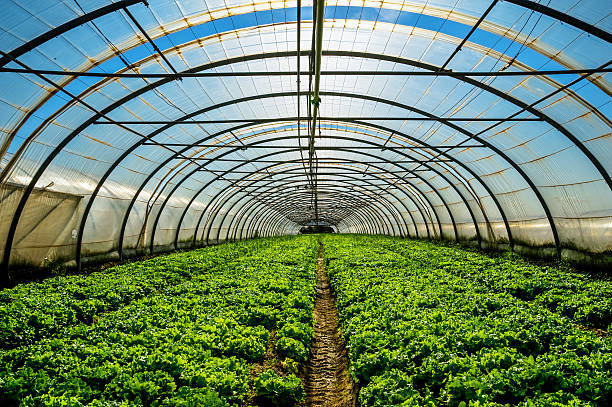The Future of Greenhouses: Innovations in Sustainable Agriculture
Are you curious regarding the future of greenhouses and exactly how they are reinventing lasting farming? From innovative environment control systems to upright farming techniques, water-efficient irrigation approaches, sustainable power assimilation, and wise information analytics, these innovations are transforming the method we expand our food.
Advanced Climate Control Equipment
To achieve optimum expanding problems, you can count on the developments in greenhouses with sophisticated environment control systems. These systems have changed the method we grow crops, providing a regulated atmosphere that is conducive to plant development. With these ingenious systems, you can now control temperature, humidity, light degrees, and also carbon dioxide concentrations to create the excellent conditions for your plants to prosper.
Among the crucial features of these sophisticated climate control systems is their capacity to regulate temperature level. By utilizing sensing units and automated controls, the greenhouse can change the temperature based on the details needs of the plants. This makes certain that they are never ever subjected to extreme warm or chilly, which can be damaging to their growth.
Moisture control is another important element of these systems. By maintaining the optimal moisture degrees, you can prevent issues such as mold and mildew, mildew, and disease from influencing your plants. These systems can additionally regulate the amount of light that reaches the plants, making certain that they receive the optimal amount for photosynthesis.
Furthermore, advanced environment control systems can even adjust carbon dioxide focus. By raising the degrees of carbon dioxide in the greenhouse, you can enhance plant development and performance. This is especially beneficial in areas with low natural CO2 degrees.
Vertical Farming Strategies
One vital upright farming method is utilizing stacked growing systems. Stacked expanding systems are generally used in metropolitan areas where space is restricted.
One popular technique is known as upright hydroponics, where plants are grown in nutrient-rich water without soil. This strategy is extremely efficient as it decreases water use by as much as 90% compared to traditional farming methods. Additionally, considering that the plants are expanded inside, they are shielded from illness and insects, lowering the need for chemicals.
Another technique is aeroponics, which involves putting on hold the plant roots in a haze or air setting. This technique enables for optimum nutrient absorption and oxygenation, resulting in faster development and greater yields. Aeroponics also uses much less water than standard farming and can be carried out in upright systems, making it a prominent choice for vertical farming.
Water-efficient Irrigation Approaches
Making the most of water my response preservation is crucial when it comes to carrying out water-efficient irrigation techniques in lasting farming. With worldwide water scarcity coming to be a pressing concern, it is crucial to develop ingenious methods that optimize official statement water use in greenhouse operations.
One promising technique is drip watering, which supplies water directly to the plant origins, reducing waste and dissipation. By utilizing a network of tubes with little emitters, water is used gradually and exactly, guaranteeing that plants get the needed moisture without excess drainage.
An additional efficient strategy is the use of dirt moisture sensing units. These devices determine the wetness material in the soil and supply real-time data to farmers. By monitoring the soil's wetness levels, farmers can accurately establish when and just how much water to use, avoiding over-irrigation.
Additionally, the implementation of rainwater harvesting systems is acquiring popularity in greenhouse farming. Accumulating rainwater from roofs and saving it in storage tanks allows farmers to use this natural source for irrigation purposes, lowering reliance on traditional water sources.
Last but not least, the fostering of automated watering systems can considerably improve water efficiency. These systems utilize sensing units to discover soil wetness degrees and climate condition, readjusting watering schedules accordingly. By enhancing water use based on real plant requirements, these systems can lower water waste and advertise sustainable farming techniques.
Renewable Resource Combination
Renewable power assimilation in greenhouses offers a number of advantages, including lowered running costs and reduced dependence on non-renewable energy sources. The generated power can then be utilized to run numerous procedures within the greenhouse, such as home heating, air flow, and illumination systems. These turbines harness wind power and transform it into electrical energy, which can be made use of to supplement the power needs of the greenhouse.
Smart Information Analytics and Automation
To boost the effectiveness of your greenhouse procedures and maximize source utilization, think about carrying out wise data analytics and automation. Smart data analytics includes collecting and analyzing information from different sensors and gadgets within your greenhouse.
This can consist of automating the control of lights, air flow, watering systems, and nutrient shipment. By automating these processes, you can guarantee that your plants obtain the best conditions and nutrients at the best time, without the requirement for consistent hand-operated intervention.
Moreover, clever information analytics and automation can function with each other synergistically. The data accumulated by sensors can be utilized to inform automated systems, allowing them to make real-time changes based on the existing problems. This assimilation of data analytics and automation can cause extra accurate and reliable source allotment, ultimately causing higher returns and better plant top quality.
Conclusion
In final thought, the future of greenhouses in lasting farming looks appealing. With innovative climate control directory systems, vertical farming strategies, water-efficient irrigation methods, and renewable energy combination, greenhouses are coming to be much more ecologically pleasant and efficient.

By optimizing water use based on real plant demands, these systems can lower water waste and advertise lasting farming techniques.
